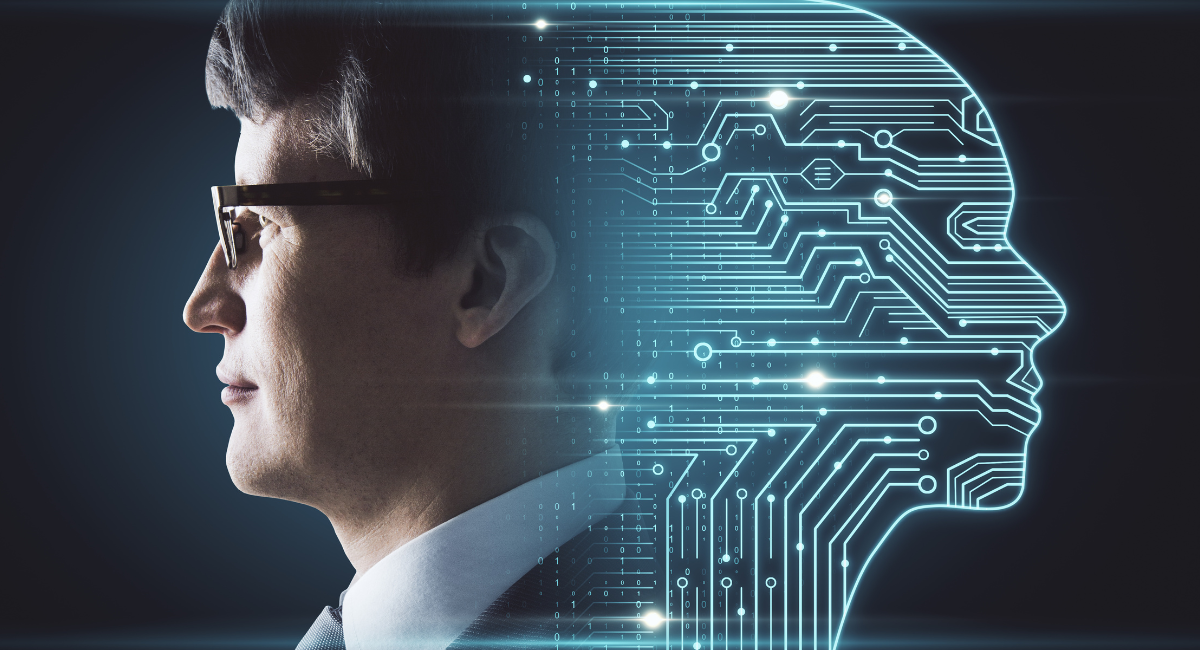- Posted on
- AI Accelera
- No Comments
The evolution of artificial intelligence has led to a transition from traditional Machine Learning (ML) to the new Generative AI. Here are some of the main differences between the two:
Focus and Application.
Traditional ML: Specialized and designed for specific tasks. For example, a model trained to recognize images of cats cannot recognize cars without new training.
Generative AI: Generalized and adaptive. It can handle a variety of tasks with the same model, thanks to its extensive training on diverse databases.
Nature of the Output.
Traditional ML: Descriptive, based on interpreting or categorizing existing information. For example, labeling an image as “cat” or “not cat.”
Generative AI: Creative, has the ability to produce new and original information such as writing a paragraph about cats or generating a new image of a cat.
Interactivity.
Traditional ML: Requires technical interaction, often through a specific interface or programming language.
Generative AI: Friendly and natural, allows interaction using colloquial language, making the technology more accessible to the average user.
Training and Data.
Traditional ML: Trained with specific and often limited datasets designed for concrete tasks.
Generative AI: Benefits from large datasets, often encompassing vast amounts of general information, which gives it a broad knowledge base and adaptability.
Typical Applications.
Traditional ML: Recommendation systems, predictive analysis, image classification, among others.
Generative AI: Advanced chatbots, virtual assistants, content generation (text, images, music), and simulations, among others.
In summary, while traditional ML has been a powerful tool for specific and well-defined tasks, the new Generative AI expands possibilities, allowing for more flexible, creative, and adaptive solutions. Interaction becomes more natural, and potential applications multiply, opening a new world of opportunities in the field of artificial intelligence.
The above is an excerpt from the book “Keys to Artificial Intelligence” by Julio Colomer, CEO of AI Accelera, also available in a mobile-friendly ebook version.
At AI Accelera, our goal is to make the vast potential of Artificial Intelligence accessible to businesses, professionals, startups, and students from all over the world. See how we can help you.

